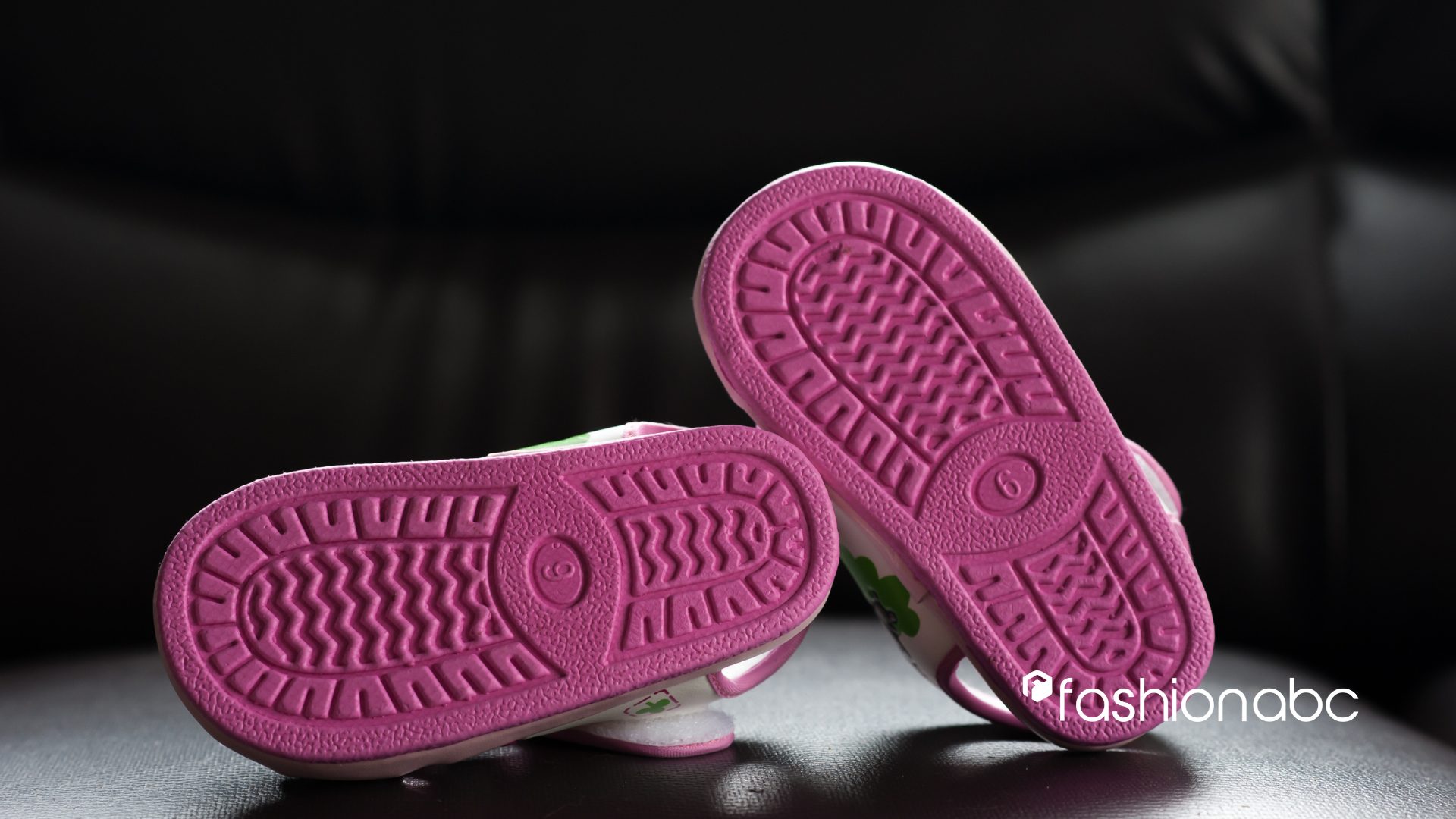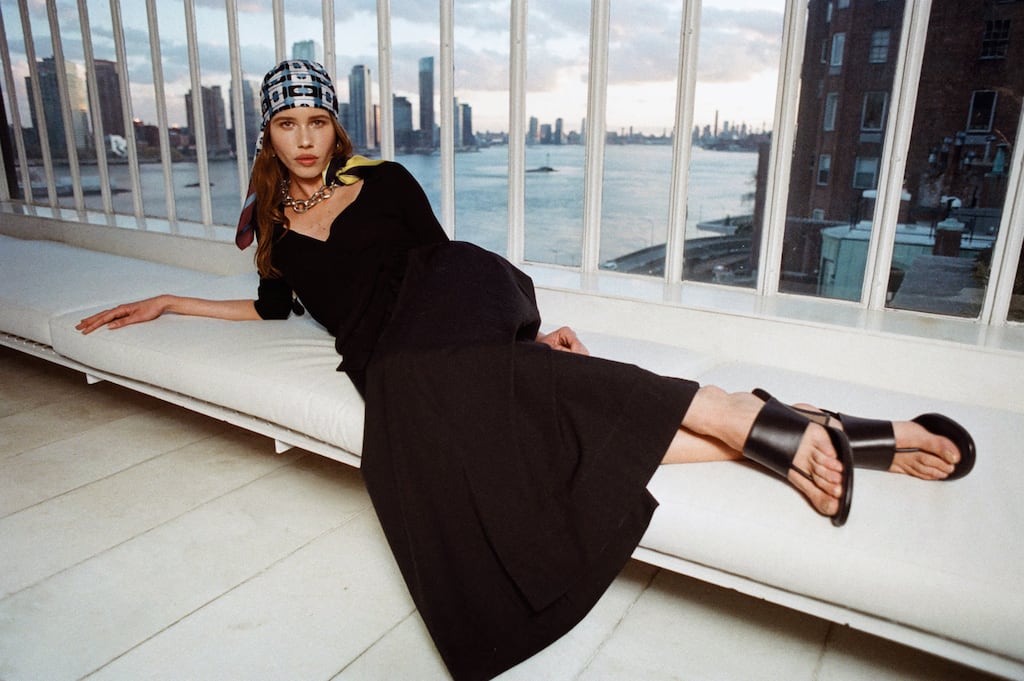Buying footwear for children is far more complex than it appears. Beyond getting the size right and finding a cute design, there are several factors associated with shoes that can adversely impact your kid’s overall development. For instance, hallux valgus, a foot deformity that develops when the big toe begins to tilt inward and forms a swelling lump right below the big toe, can be brought on by improperly fitting shoes.
While most parents perceive shoe size and shoe fit to be synonymous, shoe fit is a broader term that includes several other characteristics. For healthy foot development, it is crucial to buy shoes that are not just the right size but also the right fit. This article outlines some key properties and qualities that together determine the right shoe fit for your child.

4 Qualities To Look For When Shopping For Shoes For Children
Comfort:
Comfort is one of the most important aspects of a good fit. Shoes that are too tight, rigid, or both can result in weakness, deformity, and loss of movement. When buying children’s shoes, you must prioritize comfort and support. Adequate supporting footwear is essential for kids to maintain optimal body alignment and feel comfortable while engaging in daily activities.
One way you can ensure you’ve bought comfortable kids shoes is to ask your child how it fits. Although your child may struggle to gauge the level of comfort, asking them detailed questions about how it feels can help you determine the comfort better.
Breathability:
Shoes that are breathable have materials and design elements that let heat escape, which helps control the temperature of the feet. This is especially important for kids. Long-term foot wetness makes children’s skin softer and blister-prone. This can not only encourage bacteria to grow best but if your kids have a blister or little open wound on their feet, it could result in an infection.
Therefore, buying shoes made with breathable materials is important. These can keep your child comfortable and ensure their feet are well-ventilated. Leather and canvas are excellent choices in terms of breathability and can absorb perspiration.
Flexibility:
As their feet are still developing, flexibility is crucial in children’s shoes. Kids’ shoes must be flexible enough to conform to the foot’s organic movements without impeding them. They should also have enough grip to keep from slipping, be sufficiently thick to protect, and be flexible enough to allow for walking.
In order to prevent your child’s growth from being hampered, get footwear with soles that are not overly stiff or soft. Purchase sturdy, thick-soled shoes to prevent injury from objects on the ground. Additionally, ensure your child can bend his or her feet for optimum comfort.
Design:
Although walking barefoot is the best option for growing feet, it is not feasible in today’s time. Therefore, it is crucial to purchase shoes that are made to offer support where it is needed. A kid’s shoe must provide adequate heel and ankle support. Children’s shoes should have enclosed heels that are sturdy enough to prevent the sides from touching when squeezed together.
To prevent their feet from being confined, choose a model with a rounder, wider front that leaves room for the shoes’ toes. Since kids’ feet are more rounded, a larger and rounded style will ensure the shoe provides support to their natural movements.
Final Thoughts:
Shoe quality plays a big role in terms of shoe fit and maintaining adequate foot health. High-quality footwear will not only protect your child’s feet, but the shoe material can also significantly impact comfort levels and fitting. Shoes made with bad-quality materials are often stiff and can impede the natural foot structure and movement.









